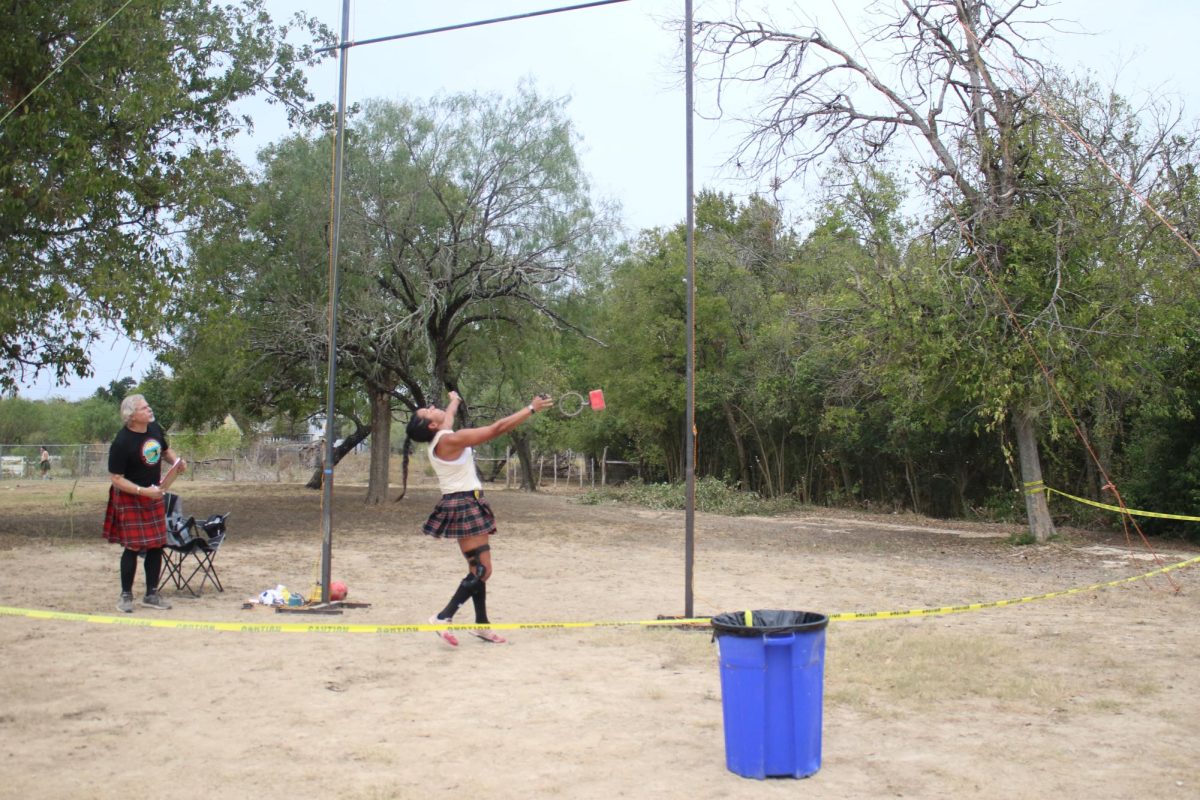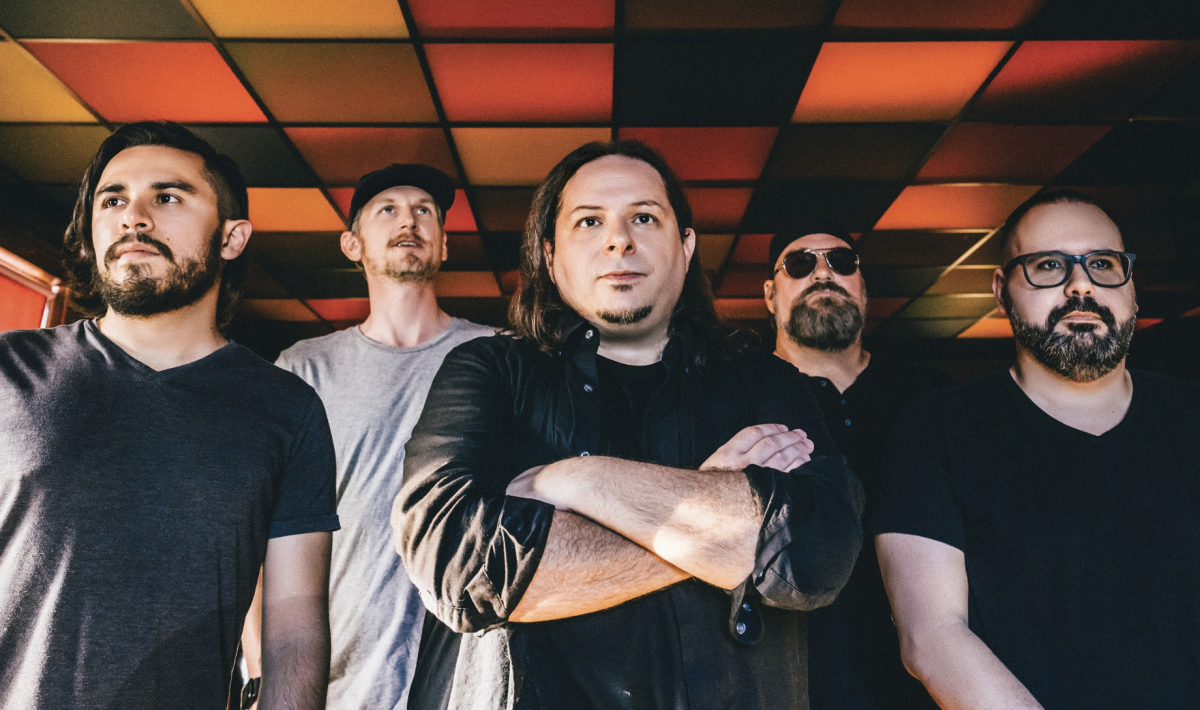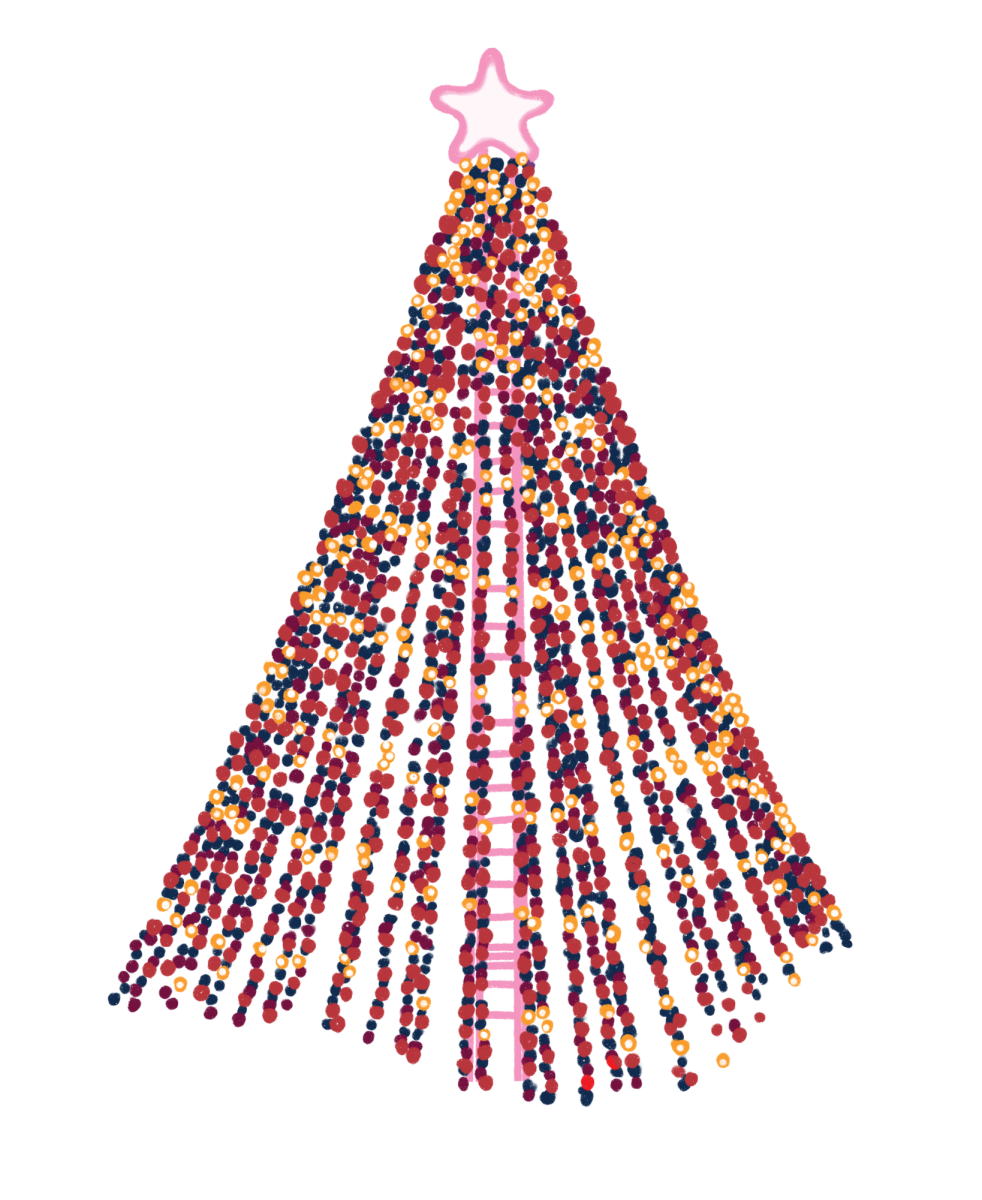Since the Aztec Empire, Día de los Muertos has been a time of reverence to honor those who have come before. It is a celebration of the lives of lost loved ones and a way to remember one’s ancestors. Celebrated on Nov. 2, the holiday is an essential part of Latinidad heritage and culture. Recently, the celebration has become more widely acknowledged, with many people from different cultures using it to recall their lost family members.
One of the most essential pieces of the celebration is the altar, according to LASA Spanish teacher Luis Ramirez. Altars are brightly decorated and adorned with pictures and objects that represent the ancestor’s life. They also contain food and alcohol due to the belief that this will give one’s ancestors nourishment for their journey to the afterlife.
“We use an altar for praying,” Ramirez said. “It’s really something to remember someone’s story or your ancestors, those that came before you, and celebrating their life. I would consider it like a memorial.”
Remembering and celebrating the life of a loved one is a heavy topic. Although the altar is used to honor life, the altar can make celebrating more complicated when families see and are reminded of objects and pictures of their loved ones.
“When I create my altar every couple of years, I add somebody, and that’s something that really hits,” Ramirez said.
Even though Día de los Muertos started as an intimate holiday, throughout the years it has become a public celebration with parades and parties. At LASA, the Hispanic Student Association (HSA) hosts the celebration. Senior Miguel Urrieta is an HSA committee member who helps with organizing the festivities.
“Last year we had an altar set up at the library, and it was decorated with important Mexican icons like Selena Quintanilla,” Urrieta said. “It’s important to have [these types of] pictures because it’s the way that we remember them.”
Alongside the growth of Día de los Muertos throughout the country, LASA has also celebrated this tradition more over the past few years. As more people have tuned into Día de Los Muertos, the celebrations have grown into many different types of commemorations.
“Last year I definitely saw that many students participated regardless of being Hispanic or not because they liked it, and I think they found the significance behind it,” Urrieta said.
Austin’s Día de los Muertos parade hosted by the Mexic-Arte Museum is one of the larger celebrations in the city. The museum has historically celebrated Día de los Muertos with its extravagant parade and altar. Lusia Perez works at the Mexic-Arte Museum as the Education Curator and her job entails introducing the celebration and other crucial aspects of Latinidad to schools and organizations around the city.
“The museum and the organization were created as a way for Chicano and Latinx artists to have a platform for their art,” Perez said.
Her job allows her to connect with her recently immigrated community and educate others about theirs. For many, this reconnection of culture is crucial after recently having moved to the United States.
“I love to be able to reach a community here in Austin,” Perez said. “I’m away from my home, but I feel like I’m at home. There’s just so much to love. So much to do, so much love.”
Unlike LASA’s celebration, the Mexic-Arte museum’s citywide celebration has a much higher attendance. With this large number of people comes a large amount of planning for Perez.
“We start [preparing in] August,” Perez said. “It’s a challenge. I think we’re 12 people. And among us 12, we do everything.”
Last year, the parade had around 20,000 people attending, which can be a large undertaking to coordinate with a small number of people since there is so much to be done, according to Perez. The event has many small components making it even more complex.
“Artists are more involved in the creation of the pieces rather than the parade itself,” Perez said. “It’s very diverse. That’s why I like it. And we also have the festival where we do have an educational booth and we do have vendors and those vendors include artists from the community.”
Overall, this holiday has become a meaningful celebration in the city and at LASA, and especially to families across Austin. The city has also been an essential factor in the celebration.
“I think it would be impossible not to like to collaborate with them [the city],” Perez said.
This holiday is becoming more than just a celebration within families that are a part of Latinidad — it has grown to encompass the whole city. For many, like Perez, it is a beautiful and bright celebration with a complex meaning to celebrate ancestors and heritage.






